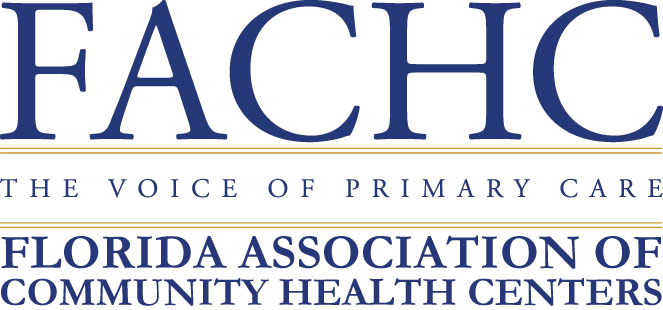A nonprofit website is effective when it successfully encourages visitors to take up a specific call of action. The moment at which a visitor provides the desired response—whether by donating, subscribing to an email list, or creating a new membership account—is called “conversion.”
There are plenty of quick-fix tactics promising to dramatically boost your conversion rates, from customized pop up messages on your homepage to standard donation amounts. While such tactics can be effective, they are ultimately superficial. To truly drive and sustain conversion, you must structure your website around the following strategies:
1. Provide access to valuable resources
When I think about effective conversion tactics, I use myself as a case study. Recently, I was doing research into resources and support systems for writers like myself. After some quick Googling, I found myself on the website of Society of Children’s Book Writers and Illustrators (SCBWI). It took me all of 10 minutes to become a paying member.
Why? Because the association’s website delivered the two things that, according to the Membership Marketing Benchmark report, every potential member, supporter, donor, and subscriber is seeking:
The Opportunity to Join a Community of Like-Minded People
The number one reason people support organizations is because they align with that organization’s values and want to be surrounded by other people who share those same values. In the case of SCBWI, they got my initial interest by advertising a weekly meetup for writers in my city on their home page.
If your website also showcases its core values and opportunities to join a community, there’s a great chance someone will lend their support (whether they give you their email, donation, become a member, etc.). Here are some simple things you can do to showcase this:
- Include pictures of members and events on your web pages, especially your home page.
- Publish your organization’s core values on your home page or about us page.
- Include member testimonials and quotes about the value your organization offers.
- Highlight special speakers you’ve had in the past, or well-known members.
- Include the headshots and testimonials of your board members
- Advertise upcoming events by adding an events page, a news section, and/or a splash image about an upcoming event on your homepage.
Access to Exclusive Resources and Specialized Information
A community isn’t necessarily enough—potential supporters are also looking for access to exclusive resources and specialized information they can’t get elsewhere. This may mean creating educational courses only available to email
If you’re able to build your website in a way that showcases the opportunity to both join a community of like-minded people and gain access to exclusive resources, you are significantly boosting the odds of converting your website visitors into supporters. But you can still scare them away without the right online process to capture their support.
2. Simplify calls to action
The digital era has conditioned us to be impatient. We click away from websites that aren’t immediately intuitive or that don’t make it explicitly easy to do the things we signed on to do.
If you don’t make it as simple as possible for visitors to donate, join, or subscribe to your email list, you risk losing them forever. Unfortunately, lengthy and convoluted conversion processes are rampant in the nonprofit sector. I’ve seen organizations ask would-be donors to print a PDF form, fill it out by hand, and mail it in—a frustrating process that can take an entire week.
Put yourself in the shoes of a potential member. How can you make their user journey as simple, direct, and enticing as possible? Here are some basics:
- Include a “Join Now” or “Donate Now” (or whatever your call-to-action is) button in your website header so it’s visible on every page.
- Create a simple, minimal-step online application or donation form.
- Allow online payments through a popular provider like PayPal or Square.
- Display an email list opt-in field on every page.
3. Extend a warm digital welcome
Imagine that your friend invites you over to see her new house. You show up, the door is open, but she’s not home to show you around. That’s what it’s like when someone new offers their support to your organization and you don’t show them around your website—you can’t expect them to know where everything is.
The best way to show a new member around your website is to redirect them to a welcome page with all the information they need to know once they join. Include a welcome message along with a list of helpful links, contacts, and resources they can access immediately.
At the same time, send them a new member welcome email. Include the same information from your welcome page in this email and make sure it comes from an actual person in your organization (I recommend the founder or president). It’s also important to personalize this email so the supporter feels like they are getting special attention. This is relatively simple to setup using membership management software, which collects new contact info via online forms and instantly sends personalized welcome emails.
How a High Converting Website Will Bolster Your Organization’s Overall Effectiveness
With a good understanding of your new supporters’ needs, desires, and preferences, you’re ready to drastically improve your website’s conversion rates.
What’s more, a well-converting website has greater implications for your organization’s overall effectiveness by increasing overall member engagement.
By offering resources on your website and showing new members around, you’re teaching them to self-engage with your organization. Then, whenever they need more information from your organization, they already know to start with your website instead of trying to contact you and waiting for a response. This can drastically speed up engagement, which can make for happier members. And the happier your members are, the longer they’ll stay.
Author: Terry Ibele
Source: TechSoup Canada









